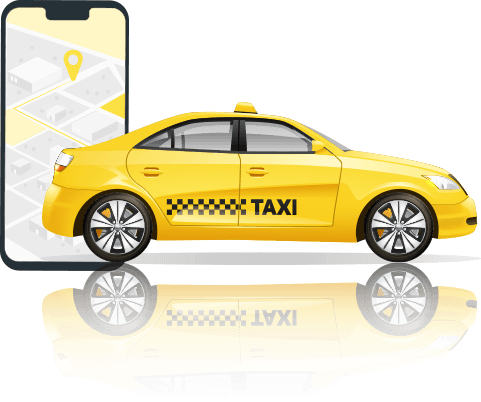Introduction
In the vibrant landscape of Malaysian urban centers, a transportation revolution is underway, fueled by the dynamic synergy of “book car,” “taxi app,” and “ride-hailing.” This article delves into how these concepts are reshaping the nation’s mobility framework, providing convenience, choice, and connectivity to a diverse population.
The Rise of “Book Car” Services
The digital age has ushered in a new era of convenience, epitomized by the concept of “book car” services. With a few taps on a smartphone screen, Malaysians can summon a vehicle at their doorstep. This shift has transformed how people perceive transportation – it’s no longer a necessity, but a service available at their fingertips.
Seamless Experience through Taxi Apps
At the heart of this transformation lies the innovation brought by “taxi apps.” These digital platforms enable users to “book car” services effortlessly. Real-time tracking, fare estimates, and cashless transactions have streamlined the experience, eliminating common pain points associated with traditional taxis.

The Revolution of Ride-Hailing
“Ride-hailing” platforms have revolutionized urban mobility by embracing the principles of convenience and accessibility. These platforms leverage “taxi apps” to create an ecosystem where anyone can become a driver and anyone can request a ride. The model has not only empowered individuals seeking flexible income but also altered how Malaysians navigate their cities.
Empowering Economic Opportunities
The convergence of “book car,” “taxi app,” and “ride-hailing” has extended economic empowerment to everyday Malaysians. Those with a vehicle can now participate in the gig economy by becoming “ride-hailing” drivers. This flexibility is particularly significant in a diverse nation where various income-generating avenues are valued.
Urban Transformation and Connectivity
The fusion of these concepts has wider implications for urban transformation. Malaysia’s bustling cities grapple with traffic congestion, environmental concerns, and accessibility issues. The adoption of shared rides facilitated by “ride-hailing” platforms contributes to reduced congestion and improved accessibility, fostering more connected and sustainable urban communities.
Challenges and Regulatory Considerations
While the benefits are evident, challenges persist. Regulatory frameworks must evolve to ensure a level playing field between traditional taxis and “ride-hailing” services. Additionally, technology-driven services must address concerns of data privacy, passenger safety, and fair labor practices.
Future Horizons
As Malaysia moves forward, the journey of “book car,” “taxi app,” and “ride-hailing” is far from over. Advancements in technology could bring forth electric vehicles, autonomous driving, and improved user experiences. These developments hold the promise of a transportation landscape that is not only efficient but also environmentally conscious.
Conclusion
The fusion of “book car,” “taxi app,” and “ride-hailing” has unleashed a revolution in Malaysian transportation. This convergence empowers individuals with choice, drivers with economic opportunities, and communities with improved urban mobility. The transformation heralds a future where technology continues to bridge gaps, enhance lives, and redefine the very concept of getting from one place to another.